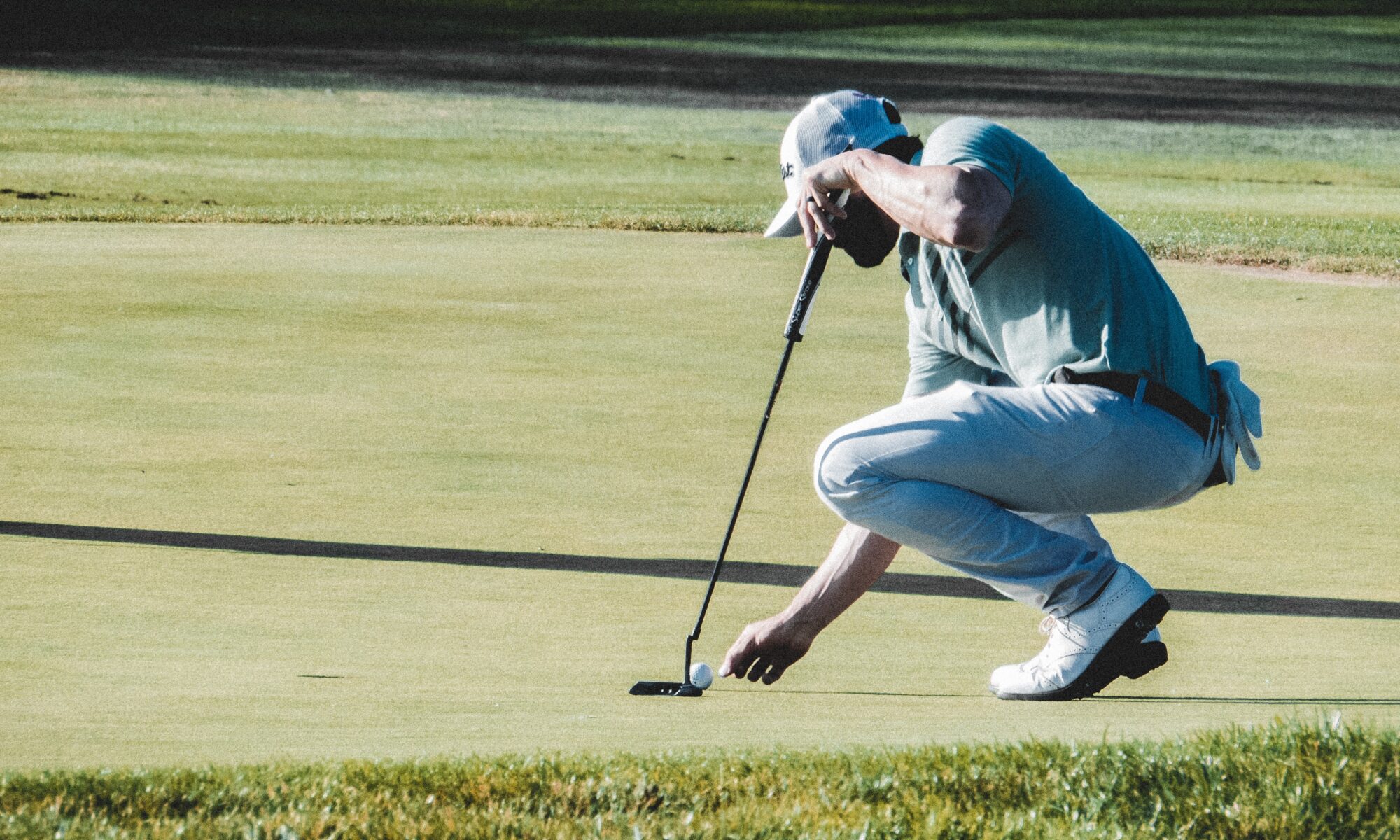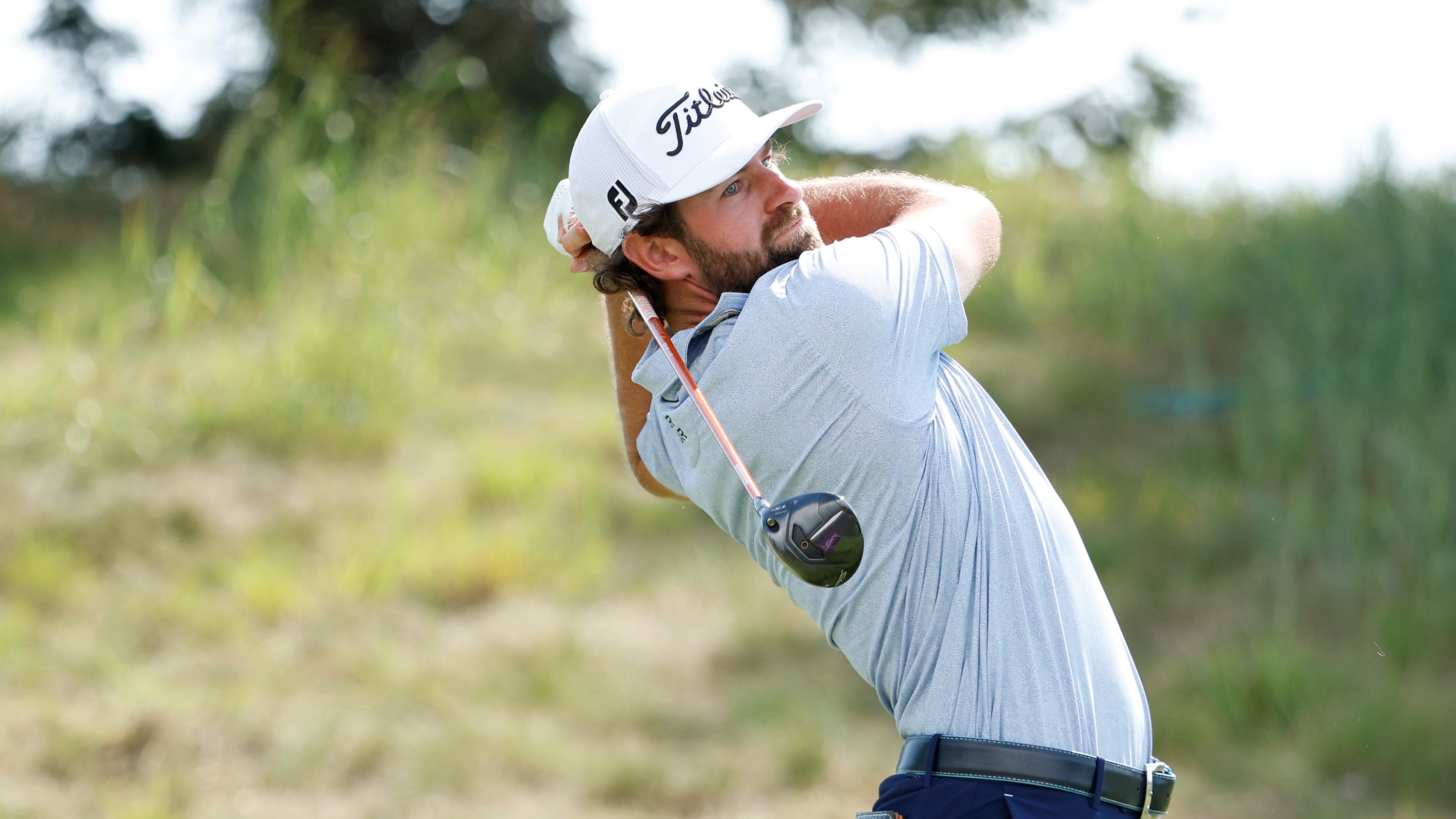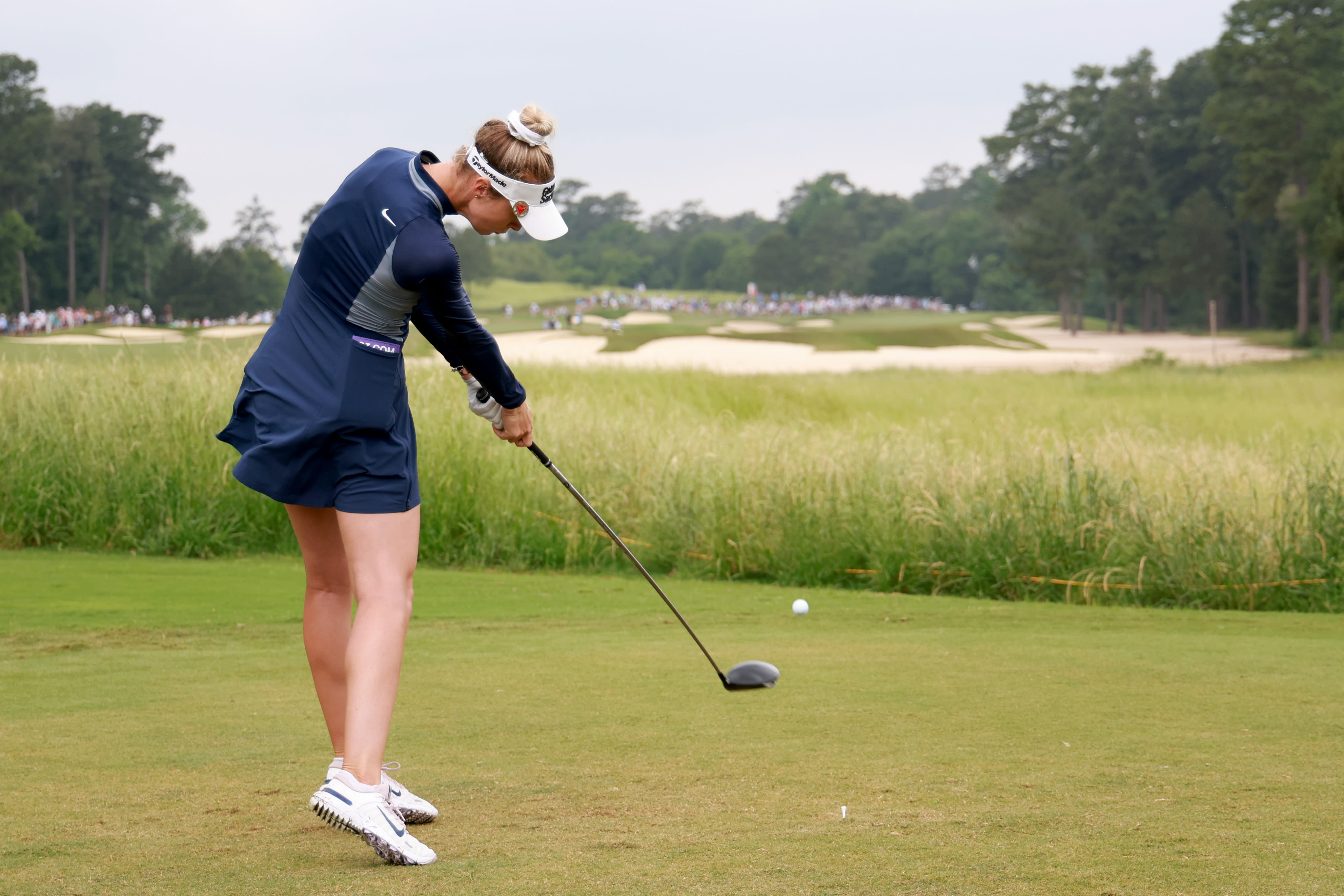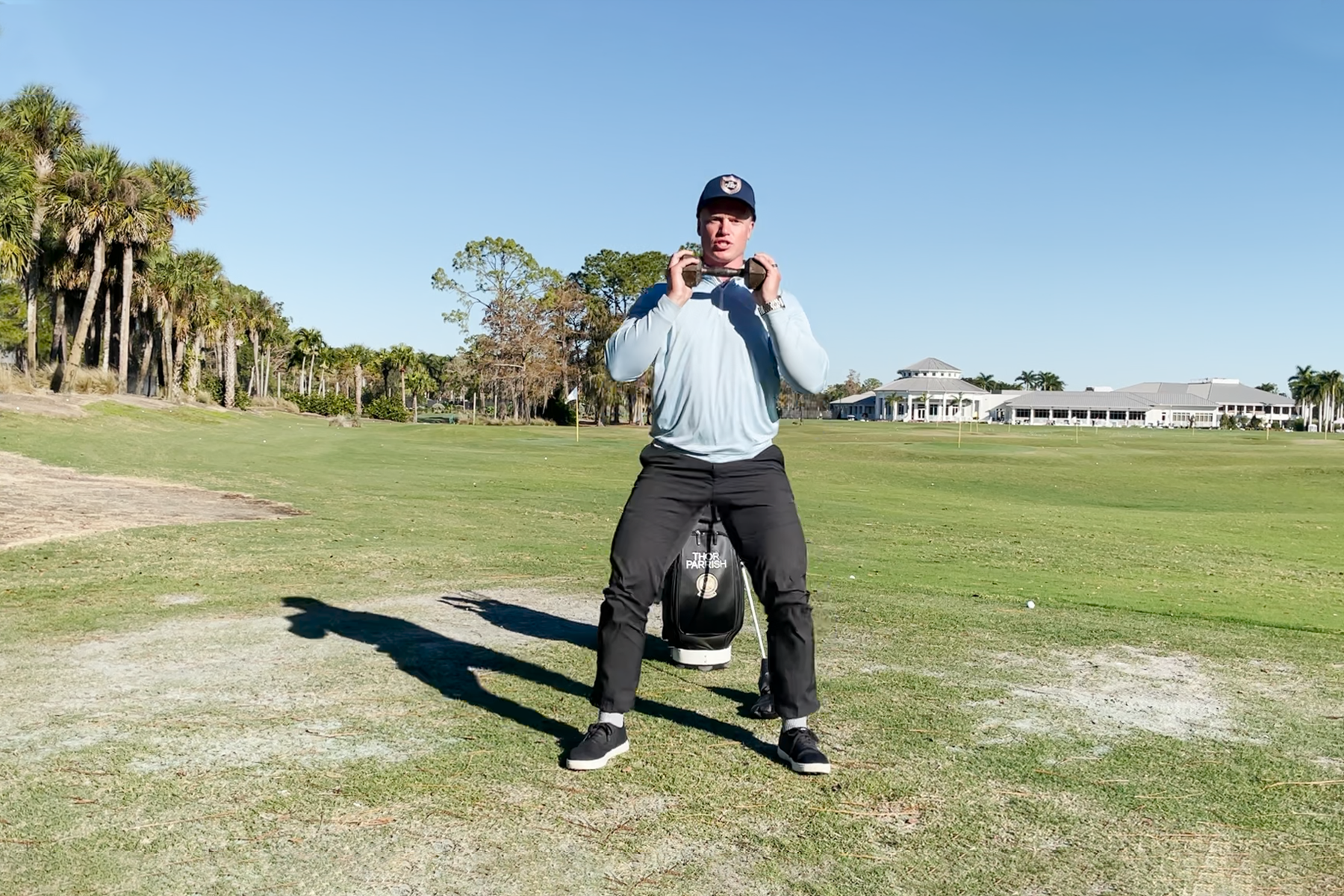quick coaching
By Ryan Adams, PGA
Published on Monday, August 5, 2024

It’s been quite an Olympics in Paris so far, hasn’t it?
Adding to the fervor was the Men’s Golf competition at Le Golf National, which ended with dramatics, star power and a medal decision that went right down the final hole.
In the end, as he’s seemingly done all year, it was the USA’s Scottie Scheffler finishing with the gold medal after a scintillating back-nine 29 to finish at -19. Great Britain’s Tommy Fleetwood finished one back at -18 to take silver, while Japan’s Hideki Matsuyama nabbed the bronze medal.
Scheffler’s play this year has been something to marvel at. He’s having a historic ballstriking season, and its his iron play that allowed him to stay within reach of the podium for the first three rounds . . . and then pounce in the final round with a magnificent 62.
So, you may be thinking, “What could I possibly learn from such a good golfer like Scottie?” Well, in fact, there’s a lot. But we’ll focus on two things that stood out at Le Golf National.
Solid iron play begins with solid fundamentals
One of things you have to admire about Scheffler is his commitment to always being in a fantastic position to strike the golf ball. His grip, posture, setup? They’re flawless.
But that’s also because he’s always checking to make sure things stay squeaky clean. It can be easy to shift your feet (no pun intended with Scottie) open or closed, maybe grip a little tighter, or be a little more rounded in your posture. Believe it or not, when Scottie starts his warmup each round alongside his longtime PGA Coach Randy Smith, he practices with a molded grip club to make sure his hands are sound.
Here’s the club at this year’s PGA Championship while Scottie was getting ready at Valhalla:
One of those molded-grip clubs is only $10-11 at your local sports store, so it might not be a bad purchase. Aside from your grip, if you’re heading to practice or play this week, try these tips:
- Scottie’s shots never seemingly left his target at Le Golf National. Everything is aligned to where he wants his ball to go. Try this: At the range, or even on the course, find your target. Then find something draws a direct line between your target and you maybe 3-4 yards in front of you. It could be some grass, a divot, a dead turf spot – whatever it is, align to that so you know you’re aiming at your target hundreds of yards away.
- Another key to good iron play is focusing on good compression. Scottie’s iron strikes sound different because he compresses the ball so well, with ball first, divot second contact. Try this: On your downswing, focus like you’re covering the ball with the center of your chest. Try half-swings with your wedges to dial in this concept first. Your hips should rotate open and then your chest center will “cover” the ball,” giving you a solid spine angle position that compresses the ball. Work your way up from wedges to irons and you’ll start feeling more confident.
Don’t forget to just have fun
To start the week, the Olympic Golf social media team had players take to mini white-boards like their first day of grade school and write a few fun facts about themselves.
The last question on each board was, “What’s your Paris goal?” Here’s what Scottie’s said:
While this isn’t a technical swing tip, it’s something a lot of golfers forget. Sometimes we get so caught up in the nitty-gritty of swing mechanics and pressures and “Why didn’t you make this putt” that it takes the joy away from playing the game.
Now, is it easier for Scottie to “just have fun” since he’s the best player in the world? Yeah, probably. But his Paris goal is wisdom for us all, no matter how good or bad we are at golf. That mentality helped Scottie all the way to the gold medal at Le Golf National and it can probably help you with your own golf goals. Think about these two thoughts the next time you tee it up:
- If a bad shot happens, instead of wondering what went wrong, focus on what you can do on the next shot to minimize the damage. Leave that bad shot behind where it deserves to be. It’s easy to let it ruin your round . . . but what’s the fun in that?
- Once you’re out on the course, let the mechanics go. Golf gets to be not a lot of fun when you’re trying to keep your lead arm straight on the 11th hole or hinge your wrists on a chip to get up and down for par. Instead, remember those fundamentals we talked about, set up and let it rip.
Hopefully these small pieces of advice have you on your way to playing better – whether it’s for an Olympic medal or a few dollars from your buddies.

















